Spain trip: 10-day trip from northern Spain to Seville
The Iberian Peninsula is waiting to be discovered, and in this post we take you on an epic road trip to Spain that will introduce you to the country’s vast and varied landscapes, from the lush vineyards and Mediterranean coast to the wonders of Morocco and the artistic regions of Andalusia. Start your Spain itinerary by flying to one of the airports in the north of Spain; For this, we recommend Santander or Bilbao Airport. If you’re coming from France by car, you can cross the border through southwestern France.
Day 1 San Sebastian
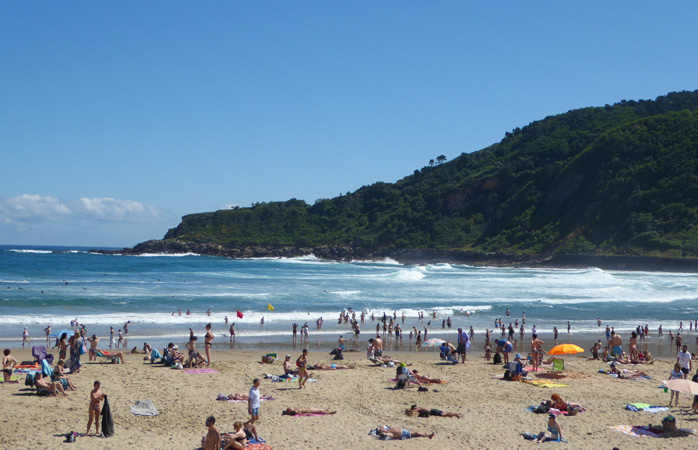
San Sebastián or Donostia in the Basque region is one of the most colorful cities in Spain and the center of Basque cuisine, one of the most admired cuisines in the world. This fun-loving, sophisticated and glamorous city hosts the stars of the big screen every autumn at the international film festival. This beautiful city has two beaches: the shell-shaped Playa de la Concha, popular with families, and the longer Playa de la Zurriola, favored by surfers. Test your water sports skills during the day and relax on the beach. At night, make your way to Parte Vieja (Old Town), whose cobblestone streets are filled with inviting pintxo bars. This Basque version of tapas bars specializes in pintxos, delicious bite-sized meals usually placed on a piece of crispy bread. You will see a wide selection of pintxos in the bars of the restaurants; All you have to do is pick up a plate, choose what you want, and pay the bill when you’re done.
Day 2 Basque Country to Logroño, La Rioja
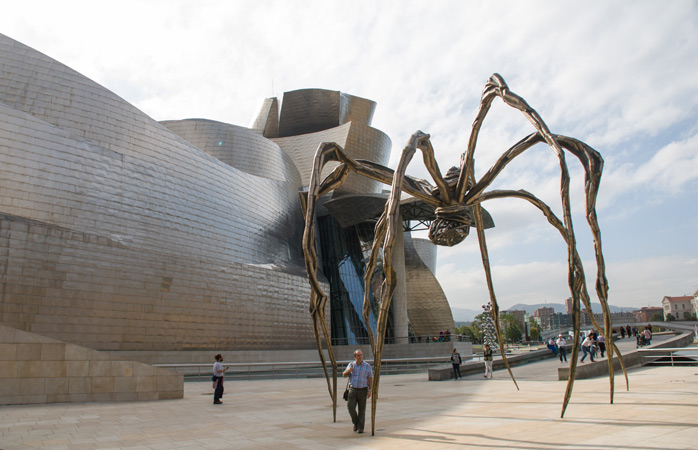
The landforms of the Basque region could only be so different from the arid lands that usually come to mind when Spain is mentioned. Drive through lush, fertile valleys adorned with baserris, or traditional Basque-style hammock houses. Architecture fans should take a long way to visit Bilbao to see the Guggenheim museum designed by Frank Gehry. Continue through green valleys to Logroño, the capital of the La Rioja region and the entry point to Spain’s most famous wine region. Spend the evening enjoying the city’s pintxo bars; most of them are concentrated in two streets: Calle de Laurel and Calle de San Juan. Try the legendary grilled mushrooms called “champi” at Bar Soriano (Travesía de Laurel, 4) or meet the creative and modern side of traditional cuisine at Torres Gastrobar (Calle de San Juan, 31). Do not forget to try the first glass of Rioja in the region where this wine is produced.
Day 3 The Vineyards of La Rioja
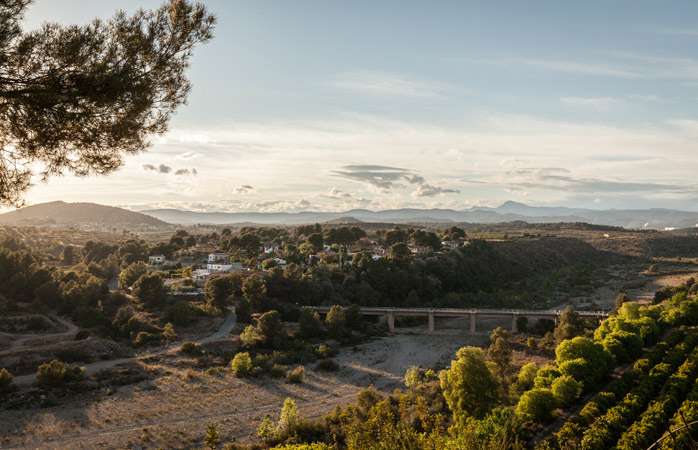
Get to know Spain’s most famous wine-making region in-depth by spending a day in the vineyards, many of which offer guided tours and tastings in caves. La Rioja is a place of world-famous red wines and extremely affordable hard liquor, especially when compared to neighboring France. Visit the undulating roofs of Bodegas Ysios, designed by renowned Spanish architect Santiago Calatrava (who recently designed Oculus in New York). Tours and tastings are available in Spanish and English. One of the oldest vineyard houses in La Rioja is the Marqués de Murrieta. The founder of the winery, and the person who gave it his name, imported production techniques from Bordeaux and produced his first wine in Logroño in 1852. After visiting the vineyard with a guide, visitors can taste the wines of the vineyard in the company of professionals. Your drive will take you through hilltop vineyards, medieval villages and ancient churches. Barrio de la Estación in the town of Haro is home to many wineries; Don’t miss the futuristic tasting building designed by architect Zaha Hadid in López de Heredia.
Day 4 Zaragoza
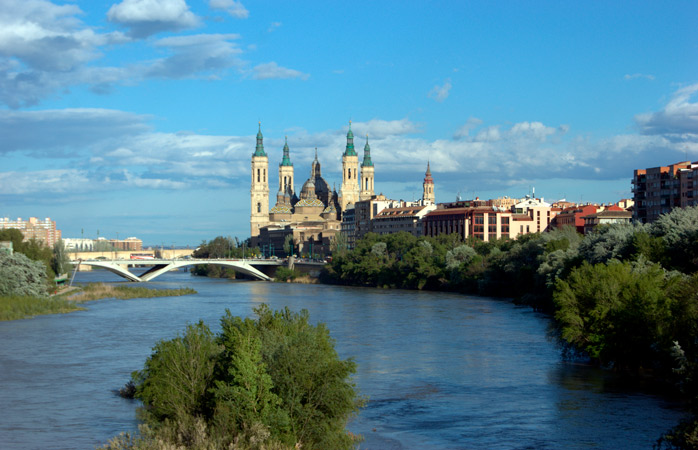
An hour-and-a-half drive from La Rioja will take you through stunning countryside, fields and vineyards. You will then arrive at the next destination on the Spain itinerary: the capital of Aragón, Zaragoza, one of the country’s most overlooked cities. Enjoy the dazzling views of the Basilica de Nuestra Señora de Pilar, perched in all its splendor by the Ebro river, then explore the Aljafería, the walled Islamic palace, one of the best examples of Moroccan architecture outside of southern Spain. Zaragoza was one of the Taifa kingdoms, independent Muslim states established in many parts of the peninsula between 1018 and 1118. After you’ve had your fill of history, you can head to Mercado Central and experience the smells and sights of this beautiful indoor market, while enjoying the delicious flavors. Here you can buy local products or have a cozy drink in one of the festive bars.
Day 5 Tarragona
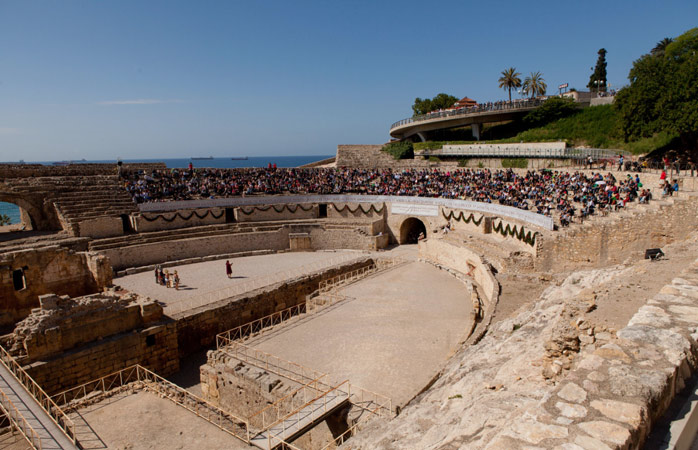
A two-hour and 20-minute drive east will reach Spain’s eastern coast, the ancient port city of Tarragona in the Catalonia region. This Mediterranean city is a hidden gem for those interested in Roman history; The city is littered with the rich remains of the Roman city of Tarraco, including a dazzling seaside amphitheater and mass grave. Take a stroll through the old town and sample Catalan specialties, including the beloved breakfast ‘pa amb tomàquet’, which means bread topped with grated tomatoes and olive oil.
Day 6 Valencia

A two-and-a-half hour gentle car ride along the Mediterranean coast will take you to Spain’s third largest city, València. The city is the birthplace of one of Spain’s most famous dishes, paella; try this dish at one of the original restaurants by the sea (the Spaniards eat this heavy meal at noon, not in the evening). Explore the old town with its magnificent covered market, the Mercado Central, and the València Cathedral, which is said to be home to the real Holy Grail that Jesus used in the Last Supper. Don’t miss out on Ciudad de las Artes y Las Ciencias, designed by Spanish architect Santiago Calatrava, which is a series of futuristic buildings built into the city’s dried up riverbed. It houses Europe’s largest aquarium, a science museum and a giant IMAX cinema.
Day 7 Tabernas Desert

With a journey of just over four hours to the south and inland, you will have an almost ethereal view of the Tabernas Desert, the only desert in Europe. One of the few Wild West-themed tourist destinations in the area, Oasys Mini Hollywood was the filming location for many Spaghetti Westerns from the 60s and 70s, including Sergio Leone’s “The Good, the Bad and the Ugly,” and is still used as a filming location today.
Day 8 Granada
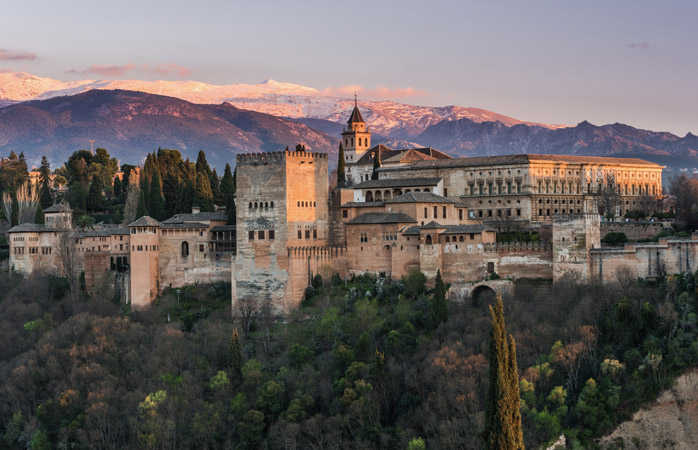
Travel around the Sierra Nevada National Park towards Granada (1.5 hours). Visiting Granada is like stepping into a fairy tale; The awe-inspiring Alhambra Fortress and the snowy peaks of the Sierra Nevada provide a movie-like backdrop for the city’s winding streets. Make sure to book your Alhambra tickets in advance; This Moroccan castle is one of the most visited places in Spain. Don’t forget to stop by the Alhambra’s Generalife Gardens, with its ingenious ponds, pathways and flower beds, and enjoy the mountain views from Mirador San Nicolás. You should definitely see Sacromonte, a neighborhood synonymous with flamenco performed by the gypsies of Granada, who have known this place as their home since the 15th century, with its whitewashed houses. In one of the original caves, you can watch a passionate and dramatic flamenco show.
Day 9 Malaga
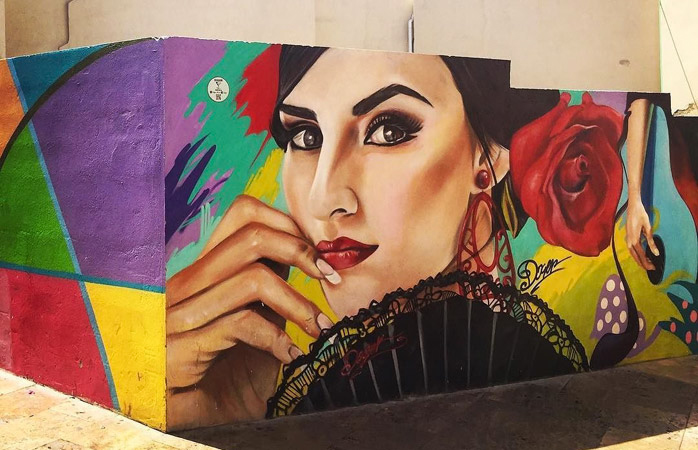
For the next stop on the Spain itinerary, travel southwest for an hour and a half to reach the port city of Málaga. For many years this city has been associated with the package holiday images of its neighboring Costa del Sol resorts, and over the past five years it has reinvented its image as a popular arts and cultural centre. The Museo Picasso is a fantastic place to discover the works of the native Pablo, and is close to the Pompidou Center in Paris and St. The branches of the State Russian Museum in St. Petersburg bring some wonderful international artifacts to the city. Keep your eyes peeled for interesting examples of street art and take a stroll through the old town, which is home to the city’s cathedral. If your breath is enough to climb 200 steps, you can also enjoy the panoramic view of the city from the cathedral’s tower
Day 10 Seville

A two-and-a-half-hour drive will take you to Seville, the capital of Andalusia, famous for its flamenco, Moroccan architecture and the sheer joy of life of its inhabitants. Visit the Alcázar, the oldest royal palace in the world still in use, built by the Moroccan kings of the city and still used today as the residence of the Spanish royal family in the city. Let’s see if you can remember which popular TV series was filmed there a while ago? One of the popular activities in Seville is to charter a boat at Plaza de España and cruise the canal, then visit the Metropol Parasol, a wooden structure built in 2011 that resembles a strange spaceship. The building provides strategic shade during the scorching summer months, and stunning city views can be seen from the third-floor balcony.





